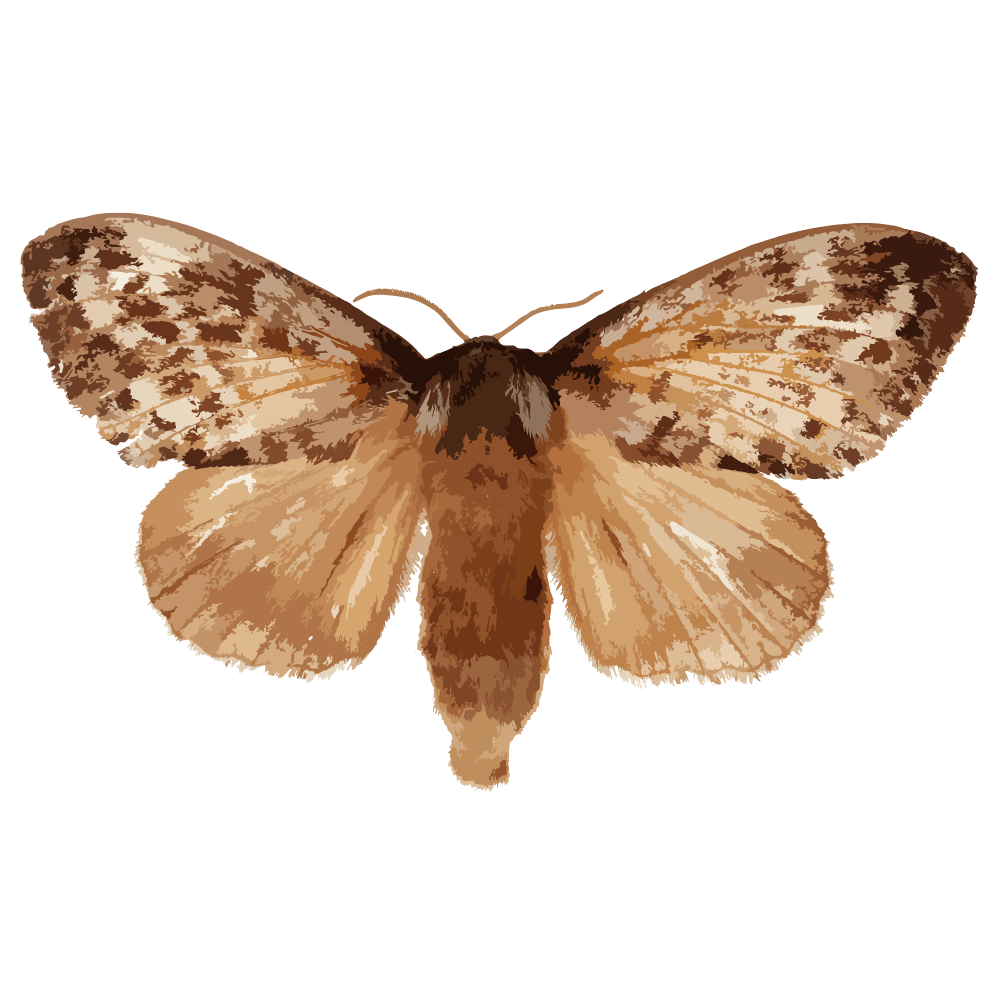


| Latin Name | Dendrolimus spectabilis |
| Common Name | Pine moth |
| Biology | Adults are nocturnal, laying eggs on Japanese red pine needles. Larvae exhibit gregarious feeding behavior on pine needles, often completely defoliating branches during outbreaks, leading to tree mortality. Completing one generation annually, this pest overwinters as larvae within pine needle clusters. |
| Damage | This pest primarily damages Japanese red pine (Pinus densiflora), it also threatens other pine species. |
| Distribution Regions | Japan and the Korean Peninsula |
| Monitoring | Pheromone lures mimic natural sex pheromones to attract male insects into specialized traps for population monitoring and suppression. As a core IPM component, monitoring enables early risk detection and targeted control. Mass trapping reduces mating opportunities to curb offspring populations. Protocols: ●Use only with matched traps. ●15-45 traps/hectare,replace/replenish every 4-6 weeks. ●Wear gloves or wash hands with detergent when switching lure types. ●Refer to trap-specific hanging instructions. |
| Recommended Traps | Delta Trap, Wing Trap |

ご連絡先情報をご提供ください。精密にマッチしたフェロモンソリューションをご提供します。当社の既存ポートフォリオに最適なソリューションが見つからない場合、合成化学チームが分子構造設計から量産まで一貫してカスタム開発を実施いたします。